Design Bugs Out (DBO) commode
Submitting Institution
Brunel UniversityUnit of Assessment
Art and Design: History, Practice and TheorySummary Impact Type
HealthResearch Subject Area(s)
Medical and Health Sciences: Nursing, Public Health and Health Services
Commerce, Management, Tourism and Services: Business and Management
Summary of the impact
"We've currently made a 40 per cent reduction on last year's infection
figures ... the commode is
definitely part of that", said an Infection Prevention and Control
Clinical Nurse Specialist for
Scarborough and North East Yorkshire NHS Trust. The commode referred is
the result of a joint
effort between Brunel University, Kirton Healthcare and PearsonLloyd, in
responding to the Design
Council's `Design Bugs Out' competition. Designed for thorough cleaning,
easy maintenance, and
patient dignity, the commode has been widely exhibited in the UK and
Europe, and was shortlisted
for the BRIT Best Design of the Year (2009) award. Now over 2,000 have
been sold to more than
60 hospitals in the UK.
Underpinning research
Hospital acquired infection (such as MRSA) was estimated to cause up to
5,000 deaths per year
and costs the National Health Service in England as much as £1billion a
year. In 2008, the
Department of Health commissioned the Design Council to launch a
nationwide competition to re-design
furniture and equipment making it easier to keep clean and reduce exposure
to healthcare
associated infections. Brunel University joined Kirton Healthcare
(manufacturer) and PearsonLloyd
(design company) to enter the competition and the team was selected to
redesign the commode
and the patient chair. We undertook in-depth research into the equipment's
use and the needs of
patients and staff in hospitals. By benchmarking products, visiting
hospitals, observing equipment
in use, and interviewing patients and hospital staff, we were able to
identify a wide range of issues
to consider for the re-design task. Role-plays were carried out in
simulated hospital wards at
Brunel University, involving the collaborating designers and the
manufacturer (Figure 1).
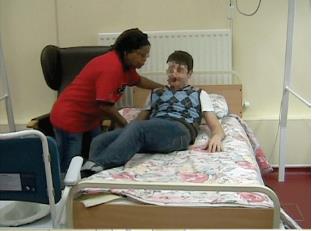
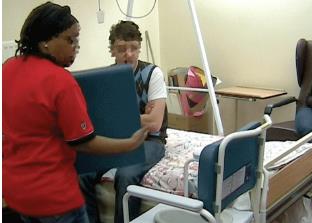
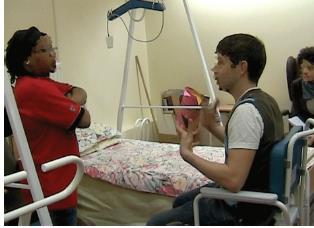 Fig.1 Research conducted at Brunel University: commode use scenario simulation
Fig.1 Research conducted at Brunel University: commode use scenario simulation
Findings from these research elements allowed the identification of
issues that would have been
difficult (if not impossible) to recognise by typical in-house research
(e.g. examining current
products), such as inter-relationships between staff and cleaning
processes. The findings were
then used to inform the re-design, and working prototypes (Figure 2) were
produced in April 2009.
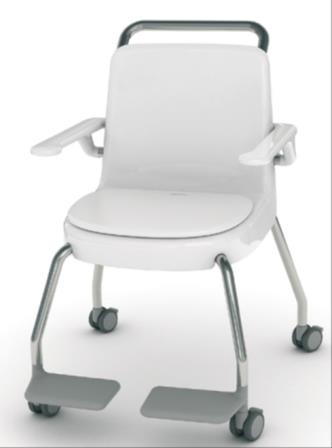
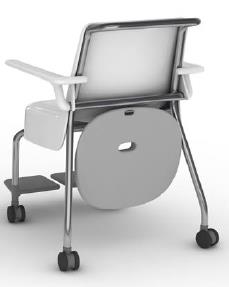
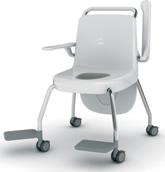 Fig.2 Commode prototypes
Fig.2 Commode prototypes
The primary requirements for the new commode model were to ensure that it
was easy to clean,
easily maintained and ergonomic. But the research carried out by the
Brunel team went far beyond
the practical concerns of cleanliness and comfort. All relevant procedures
were investigated (e.g.
dismantling, storage, sterilisation — Figure 3) and all stakeholders'
needs were identified. For
example, the new model was also designed to take up less room in hospital
sluices, an important
consideration which would not have been apparent without the research.
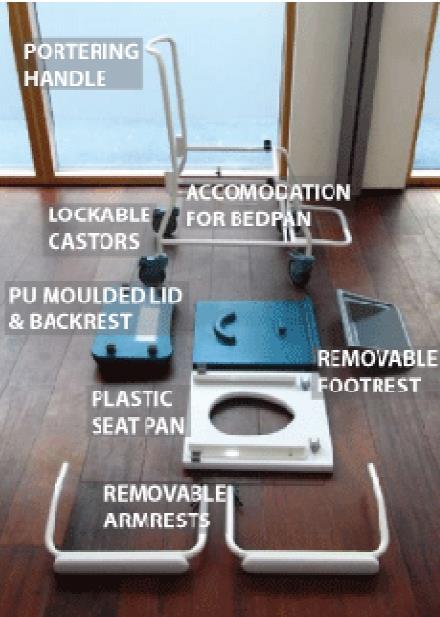
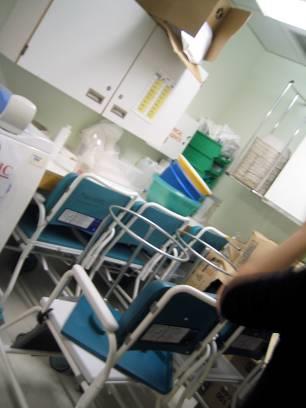
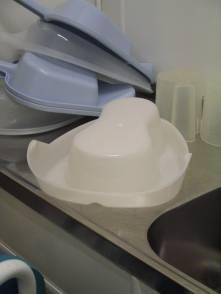 Fig.3 Brunel research on commode-related procedures
Fig.3 Brunel research on commode-related procedures
The Brunel research team was led by Dr Hua Dong (then a lecturer, joined
Brunel in 2006), and
the key researchers included Chris McGinley (PhD student, enrolled in Sept
2008) and Farnaz
Nickpour (Research assistant, joined Brunel in May 2008)
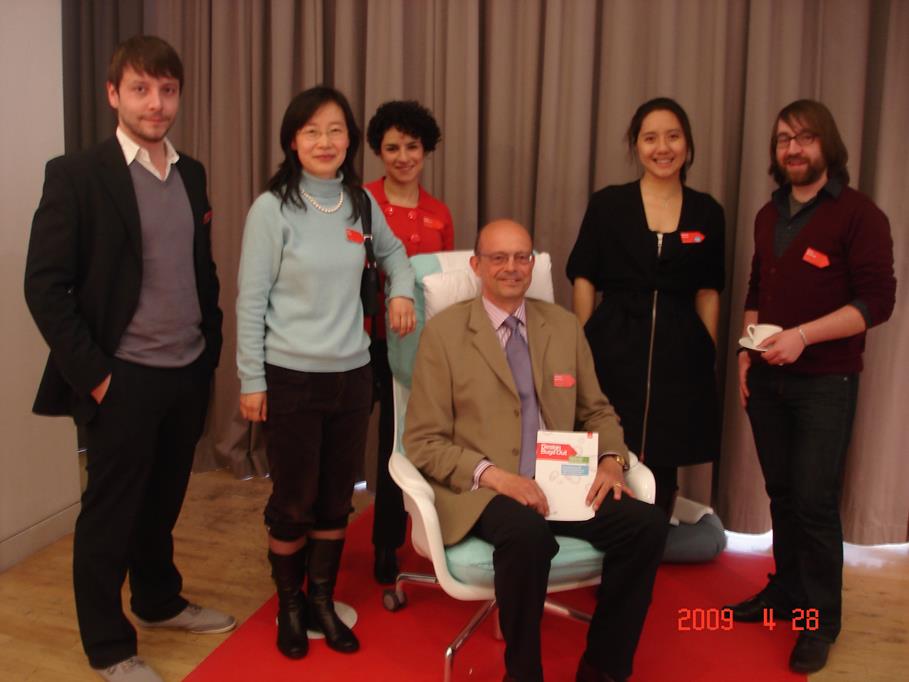 Fig. 4 The BDO team at the Design Council
Fig. 4 The BDO team at the Design Council
The Brunel team's contribution to the DBO project included identifying,
gathering, analysing, and
presenting data (user data, contextual information, specialist knowledge)
to the design and
manufacturing team to inform the design definition, specification and
concept generation. As the
design team had little existing knowledge about commodes, the research
conducted by the Brunel
team was instrumental to inform the final design.
The DBO commode was a huge success. As an Infection Prevention and
Control Clinical Nurse
Specialist for Scarborough and North East Yorkshire NHS Trust, said, "We
saw them (the
commode prototypes) and just went `we want them, where do we get them
from?'" "Within a couple
of weeks we'd ordered 120 units and I think we were the first hospital in
the country to introduce
them, and the response from staff on the wards was fantastic." "For the
last few months we've
actually cancelled our pulp delivery and that's mainly because people like
the commode so much
they're taking people to the toilet rather than leaving it by the bedside.
From a patient dignity
perspective it's fantastic and it has saved the Trust a significant
amount."
The research outcome included 1 journal paper, 2 conference papers, 1
article for an international
newsletter, a number of conference presentations, and exhibitions.
References to the research
Dong H., McGinley C., Nickpour F. and Cifter A.S. (2013), "Designing for
designers: Insights into
the knowledge users of inclusive design" Applied Ergonomics (article in
press) http://dx.doi.org/10.1016/j.apergo.2013.03.003. (REF 2).
Dong H. and McGinley C. (2009) "Design Bugs Out; reducing
heathcare-related infections in
hospitals" 17th World Congress on Ergonomics, IEA2009, Beijing, 9-14
August 2009.
Lakey J., McGinley C., Nickpour F. and Dong H. (2010) "Design bugs out in
hospitals". Inclusive
Design Research in Action, Design for All newsletter special issue 5(6),
June 2010, Design for All
Institute India, pp62-65
The "Design Bugs Out" grant was awarded to the Team composed of
PearsonLloyd Design, Kirton
Healthcare manufacturing, and Brunel University, for the period of Oct
2008-April 2009. The
sponsor is the Department of Health and the Design Council. The value of
the grant was £50k.
Details of the impact
The key beneficiaries of this impact case study are in the commercial and
health sectors. To date,
DBO commode has been sold to more than 60 hospitals in the UK, and
contributing to a significant
reduction in hospital infections. As an infection specialist commented
"The CQC(Care Quality
Commission) who regulate us and assess us against the hygiene code have
been in and carried
out a thorough audit and they're very happy with the commodes."
The commode has been exhibited in the Design Council and Design Museum,
as well as Made in
Brunel Show and the Danish Design Centre. It was shortlisted for the BRIT
Best Design of the
Year (2009) award. It is now manufactured and sold by Kirton Healthcare
and has proved to be a
most successful product for the manufacturer in the last few years.
The project started from scratch in September 2008 when the NHS
Purchasing and Supply Agency
and the Design Council joined forces to launch a competition for the
design of hospital furniture
and accessories that would help reduce the frequency of healthcare
associated infections. It was
the panel's idea for designers, manufacturers and researchers to form
teams to tackle the issues.
The Brunel team met Kirton Healthcare at the Design Council in the "Design
Bugs Out" (DBO)
briefing event and we decided to team up with PearsonLloyd Design to
answer the design briefs on
"commode" and "patient chair". As the designer's existing knowledge of the
commode was little,
the research conducted by the Brunel team proved instrumental in helping
defining the problem
and suggesting design directions, which led to successful prototype in
April 2009.
The commode prototype was then taken on a national tour of selected
hospitals for trial, and since
2010 it has been manufactured and sold by Kirton Healthcare. To date, over
2,000 DBO
commodes have been sold. They prove to be effective in infection control
in hospitals, raising the
profile of the manufacturer in the healthcare sector, and driving up
sales. The design company
PearsonLloyd also gains new recognition of its competence in the
healthcare sector.
The Designer from Kirton Healthcare said "Brunel's input to the project
has been instrumental."
The Senior Designer from PearsonLloyd commented, "the collaboration
between Brunel and us
has been extremely helpful and informative for this project."
The interview of Dona Winter, an Infection Prevention and Control
Clinical Nurse Specialist for
Scarborough and North East Yorkshire NHS Trust explains the effectiveness
of the DBO commode
in the Kirton newsletter (A):
"There are obviously other commodes out there and some claim to have bugs
designed out, but
they simply aren't as good as the Kirton. I always say they're the Rolls
Royce of commodes. We do
random swabbing to test cleaning and so far results have been really good.
The main benefit to the
staff is the ability to clean the commode properly by turning it over
easily and doing the underneath
rather than dismantling it. Every reservoir of infection has been designed
out."
"The innovative Kirton top-loading commode pan eliminates gaps and
openings, preventing waste
contaminating any hard-to-reach parts of the commode. The depth of the pan
is greater than
current commode pans to accommodate more waste, reduce splash back and
provide a better
patient experience."
"A patient obviously has to feel comfortable on a commode and one of the
benefits we've seen of
this product is that our pulp usage has decreased. I can't give exact
numbers but I know for the last
few months we've actually cancelled our pulp delivery and that's mainly
because people are liking
the commode so much they're taking people to the toilet rather than
leaving it by the bedside. From
a patient dignity perspective it's fantastic and it has saved the Trust a
significant amount."
"The solid construction of the commode has also made a difference at
Scarborough. `It doesn't
sound like a commode, rattling about in the middle of the night disturbing
everybody," "It's very
silent when you're pushing it. The manoeuvrability of it is fantastic; the
brakes don't stick on and
you don't have to use loads of pressure to get them on or off. Everybody
loves it. But overall for us
the main thing is being able to clean every single part of the commode
properly and easily."
The research associated with the DBO commode has been disseminated
through journal and
conference papers, as well as popular articles in international
newsletters.
The beneficiaries of the project include patients in the manufacturers,
patients, medical staff and
the NHS more generally.
Sources to corroborate the impact
A. DBO Kirton Healthcare 2012 Issue One:
http://www.kirton-healthcare.co.uk/documents/kirton/userinstructions/10073-Kirton-DBO.pdf
B. Report in the public domain:
Inclusive Design Research in Action, special issue newsletter for the
Design for All Institute
http://www.designforall.in/newsletter_june2010.pdf (p60)
Corroborating contacts:
1) Contactable: Designer, R&D, Kirton Healthcare: The contact
can corroborate the research
impact on the design of DBO commode and its impact on health professionals
and users.
2) Contactable: Partner, PearsonLloyd: As a person who was
responsible for the project at
PearsonLloyd, the contact can corroborate the value of Brunel research on
the design of
DBO commode and its impact on health professionals and users.